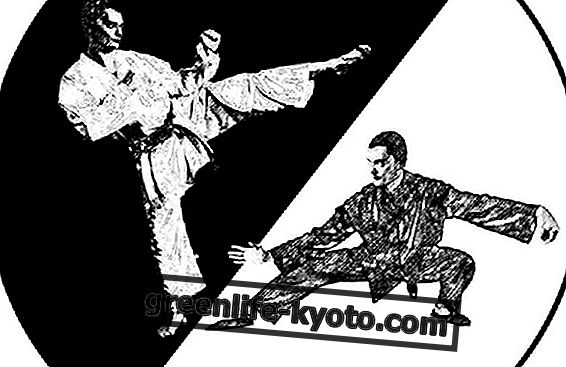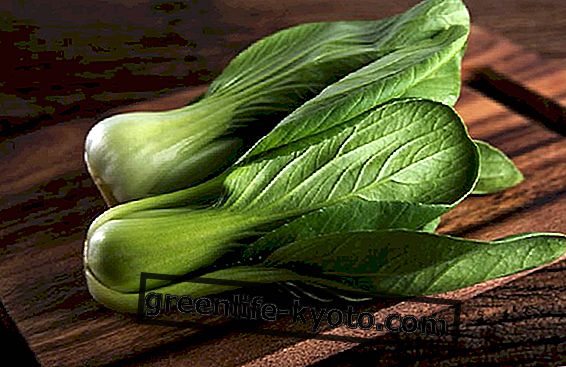
To me, honestly, it always makes people smile who approach yoga for purposes such as weight loss, toning and, in general, aesthetics: all the motivations, even if legitimate, do not even remotely intercept the essence of this wonderful discipline that does not it is neither a sport nor a form of fitness.
And yet, even on a well-known national newspaper we read that through yoga " With the right training, you can get a flat and sculpted abdomen shaped like a tortoise shell ".
In fact it is undeniable that many modern and western versions are so close to gymnastics that they contain truly homeopathic doses of yoga (in the literal sense of the word).
We obviously do not share such a superficial conception of this beloved and noble discipline, but if having a toned abdomen can help not only for a purely aesthetic sense, let's see what can be done with yoga.
The importance of a properly strong abdomen (without exaggerating ...)
Having strong abs is not so much a question of "turtles" or "bricks", but of correct posture and good health.
The abdominals (the rectum of the abdomen, to be precise), among other things, have the task of keeping the bowels stable and preventing their protrusion from compromising the natural curves of the spine. Even a too-rigid abdomen potentially causes dysfunctions, especially regarding the breath, because it could interfere with the diaphragm movement.
These physical problems cannot but be reflected on a psychic level. If yoga is "union", body and mind are constantly the mirror of each other, in constant contact and mutual influence. An excessively soft abdomen can hide as much excessive psycho-physical "softness", that is, the inability to face situations with the right character.
Conversely, a too rigid abdomen can represent the bodily expression of a constantly defensive attitude. Psychologist Wilhelm Reich wrote: " There is no neurosis without chronic abdominal tension ". Fear of suffering and disappointment combined with the inability to accept well-being or pleasure are two possible behavioral reflexes of this erroneous bodily attitude.
Why is fitness increasingly aspiring to yoga?
Asana to strengthen the abdomen
In the previous paragraph we have highlighted why healthy abdominals are important for our well-being at 360 °, beyond the mere aesthetic fact of having a flat stomach.
Now let's see what are the asanas that focus on this part of the body.
Navasana (boat position)
- Seated, legs bent, soles of feet on the ground. The spine is straight.
- Move the weight backwards and find the balance in the lower back, around the coccyx.
- Once in balance, lift your feet off the ground and, if possible, stretch your legs so that they form an angle of approximately 45 degrees to the floor. The arms stretch parallel to the sides of the legs. The back is straight, the sternum raised.
If the position should be too intense in this mode:
- Do not stretch your legs, but keep them bent at the knees.
- Do not lift and stretch your arms, but keep your hands close to the floor, in order to facilitate balance.

Chaturanga dandasana (stick position)
- Prone your forehead to the ground, chin slightly towards the sternum.
- Place the hands on the sides of the chest and point the feet.
- Raise the body by completely extending the arms, or by blocking them in half while remaining with the elbows bent and adherent to the chest.
If in this last version the position was too intense, place a rolled mat or a yoga block under the chest so that it relieves pressure at arm level.

Vasisthasana (position of the lateral axis)
- Starting from the position of the axis, move the weight towards the left side of the body, that is to say on the hand and on the foot and inhaling, begin to open the hips and the shoulder raising the right hand. The legs are stretched and the feet are well pointed at the ground.
- The body should form a single line that runs from the heel to the head, the hand on the ground presses on the ground while the upper arm is extended and the fingers stretched
- Perform on both sides.
Should this position prove to be too advanced, a variant can be made: instead of resting on the hand, keep the elbow bent and lift slowly off the ground, making sure it is firmly on the latter.














